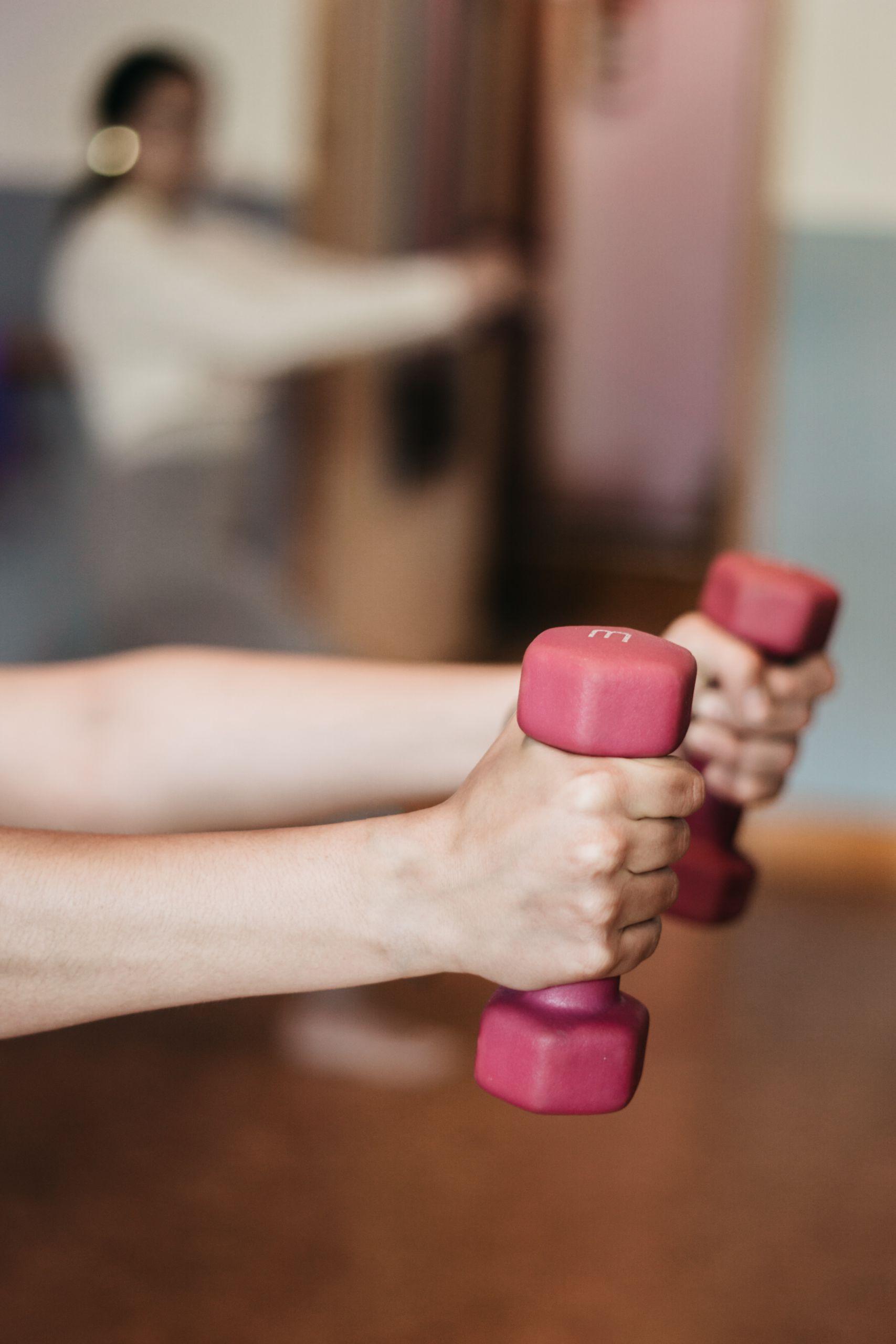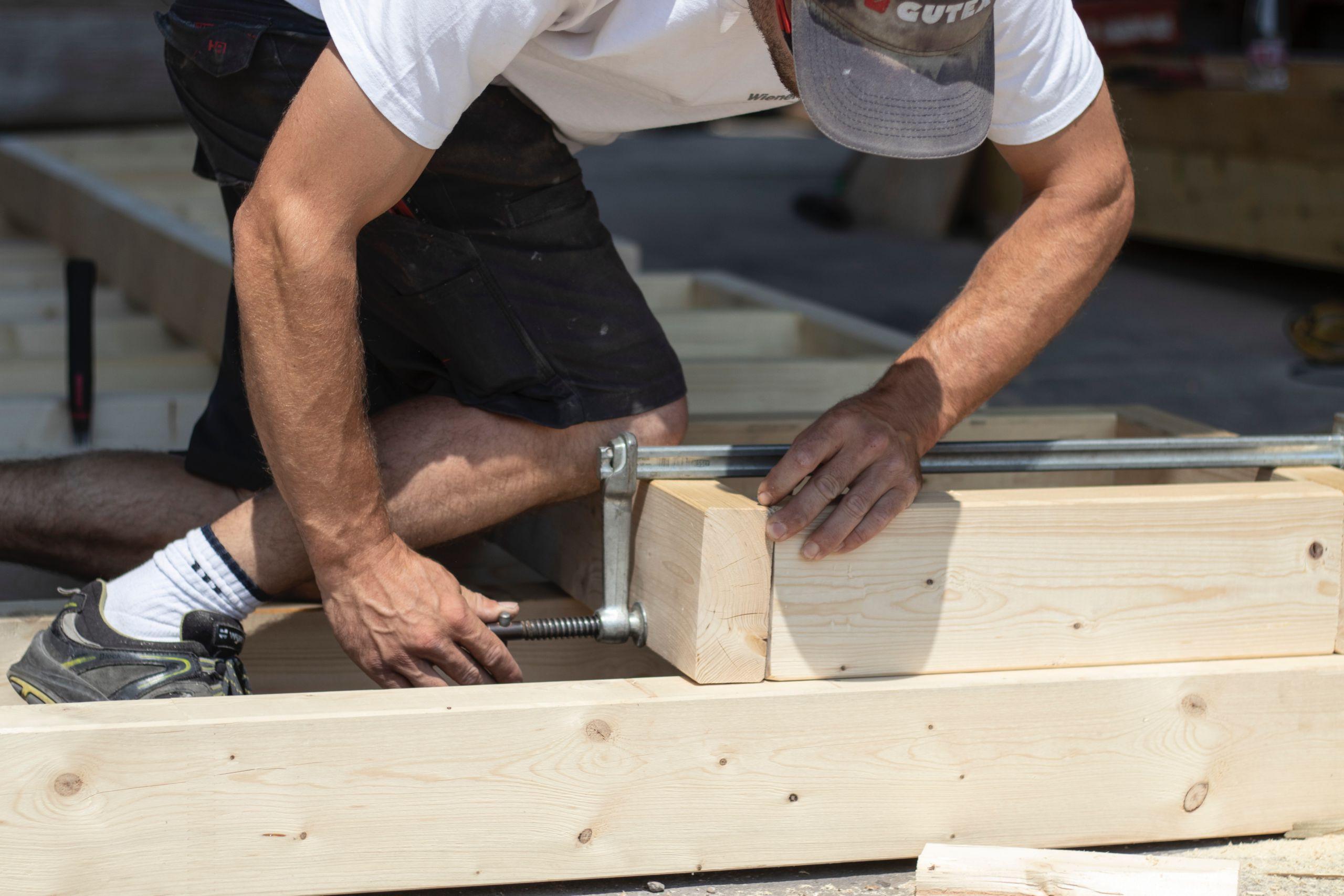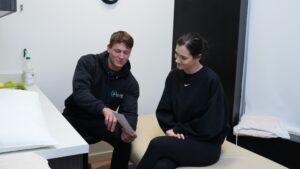Tennis elbow, or lateral epicondylitis, is a type of tendonitis. It is a painful condition that comes from the overuse and inflammation of the muscles between the wrist and elbow. It is most commonly seen in people between the ages of 30 to 50.
As the name suggests, it is a common injury in tennis players due to the nature of tennis racquets. However, tennis elbow isn’t uncommon in non-athletes. It can be caused by non tennis related activities that involve repetitive movement in the arms.
Causes of tennis elbow
The cause of tennis elbow stems from repetitive, sometimes incorrect, movements of the arm. Over time, this overuse causes more and more strain on the tendons, which can eventually lead to microtears in the tissue. These tears lead to inflammation and pain in the forearm.
Despite its name, tennis elbow isn’t exclusive to tennis players. Many jobs involve repetitive and vigorous use of the forearm and wrist, such as butchers, plumbers, painters, and carpenters to name a few. This leads to people in these occupations being more prone to developing this condition.
Common Signs and Symptoms of tennis elbow
Pain from tennis elbow develops gradually. It will usually begin as a mild ache, and become worse and worse over weeks or months. Although the pain is centralized in the elbow, it may also radiate towards the upper and/or lower arm. The pain will be the most noticeable when performing activities that include using the muscles in your forearm.
Some symptoms include:
- Pain or burning sensation along the outside of your forearm and elbow.
- Weak or painful grip
- Worsened pain with forearm activity
- Elbow becomes too painful to touch
Treatment Options
Several nonsurgical and effective treatment options are available. Surgery is rare when it comes to tennis elbow, and is used for severe cases. You may want to consult with your physician on your treatment options, and what will be best for you.
Some treatment options include:
- Avoid strenuous activities for your arms
- RICE (rest, ice, compression, elevation)
- Anti-inflammatory drugs
- Physiotherapy
- A splint or brace
- Ultrasounds
Exercises and Prevention
After the inflammation and pain has lessened, you can begin gentle exercises for your arms. Be sure to talk to your physician to determine when you should begin therapy exercises. Strengthening and stretching these muscles may help lower your risk of the recurrence of tennis elbow. Improving strength and flexibility is important to regain proper movement in your elbow. Your physician may recommend exercises suitable for you to help strengthen your muscles.

It is important to take further precautions in future activities as well. Even small changes can make a big difference.
- Pay attention to your arm movements, correct improper techniques or forms immediately
- Keep your arms strong and flexible
- Take breaks
- Warm up by stretching before any sport or activity that involves repetitive arm movements
- Avoid repetitive arm movements if possible










